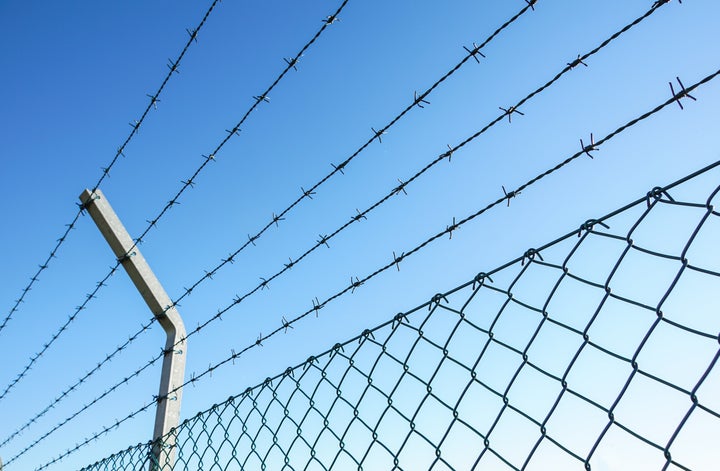
Overshadowed by the latest crime stats and largely unremarked, new figures on deaths in custody reveal that, even in bleak, dangerous prisons where violence and self-harm are rife, lives can be saved. Ministry of Justice safety in custody statistics, published on 25 January, show that there were 70 self-inflicted deaths in prison in the year to December 2017, down from 122 in the previous year. Of these, two were women prisoners compared to 12 in the previous year. The marked reduction in deaths in custody is a tribute to the dedicated work of governors, staff and prisoners themselves, many acting as Samaritan listeners.
Prison: not a place of safety
Meanwhile rates of self-harm, 42,837 recorded incidents in the 12 months to September 2017 and assaults on prisoners and staff, 28,165 over the same period, reached sickening new heights. During this time over 150 prisoners across 60 prisons wrote or called in to the Independent Advisory Panel on Deaths in Custody, which I chair, with their views on how best to prevent suicide in prison. In our Keeping Safe report one man mapped the links between violence, drugs, self-harm and the risk of suicide:
“I have no power! I can’t take away all the phones that keep the drug trade going inside here giving everyone concerned problems which include family, friend etc who are sent text demanding money for Spice that there loved ones have built up to pay so they don’t get a beating. So when the visits come and your sat on the visit trying to explain why your in debt and leaving the visit with so much guilt you can’t cope anymore and if by chance you get out without to many problems, you are then faced with the addiction you got while in prison.”
Others raised concerns about fellow prisoners who they believed were too ill or too vulnerable to be imprisoned and should instead be transferred to hospital or diverted into treatment. The interim report by the Joint Committee on Human Rights raised similar concerns about the misuse of prison as a ‘place of safety’:
“Too often people who are acutely mentally unwell, such as Dean Saunders, are inappropriately being sent to prison as a ‘place of safety’; there is an urgent need to resource and make better use of community alternatives to prison for offenders with mental health conditions…”
One prisoner, a former paramedic, wrote about self-harm not only at times of extreme distress but also out of frustration and hopelessness:
“Self harm is a deeply complicated issue that requires special handling. Worryingly, I have seen instances of prisoners using self harm including cutting themselves and hunger strikes to manipulate staff and circumstances to get what they want. This raises two questions: 1) do these prisoners need more specialist mental health interventions (many I see have complex needs including personality disorders)? 2) Are things so badly wrong with our current system that people are driven to hurt themselves out of frustration with their situation? As I’ve experienced prison can be a frustrating place where even simple tasks can be long drawn out affairs or even impossible.”
A duty to protect lives
While any reduction in prison deaths is hugely welcome, there is nothing acceptable about a system where suicide prevention is only a priority in a crisis, where proven safer custody measures are dismantled and then re-instated and where Justice Secretaries and Prisons Ministers come and go without the consistent, authoritative and moral leadership needed to protect lives.
Preventing suicide and self-harm in prison must be, and must remain, a top priority. Only by increasing ministerial accountability, ensuring humane treatment and decent conditions for everyone, prisoners and staff, and putting a stop to the courts’ use of prison as a so-called place of safety for people who are mentally ill, will we reduce the drastic ebb and flow of prison deaths.
